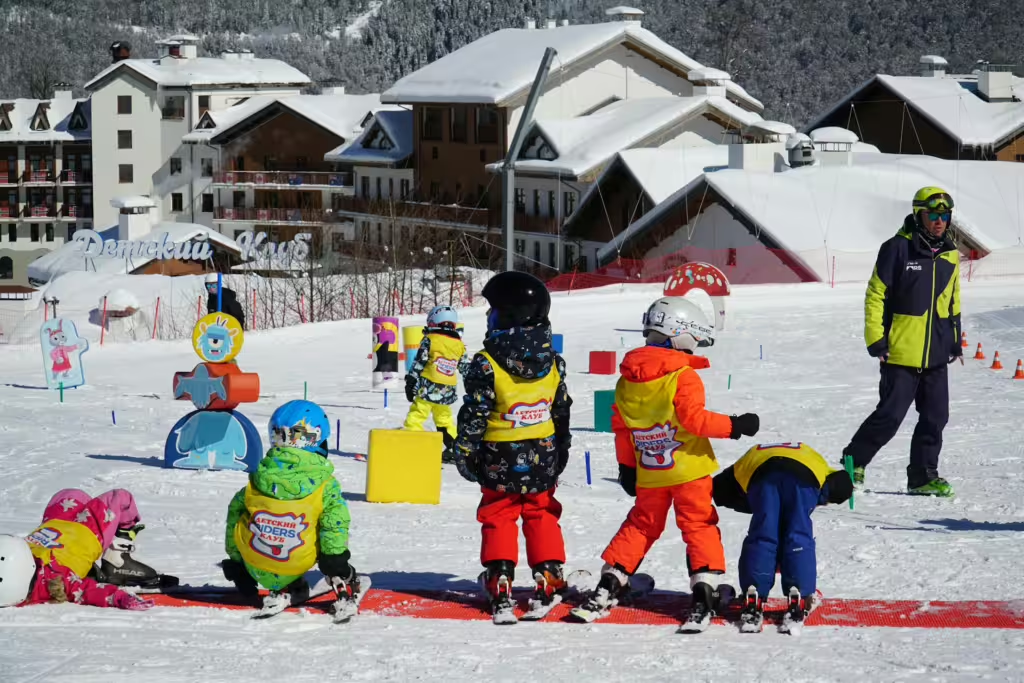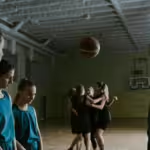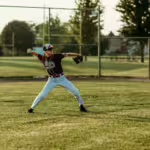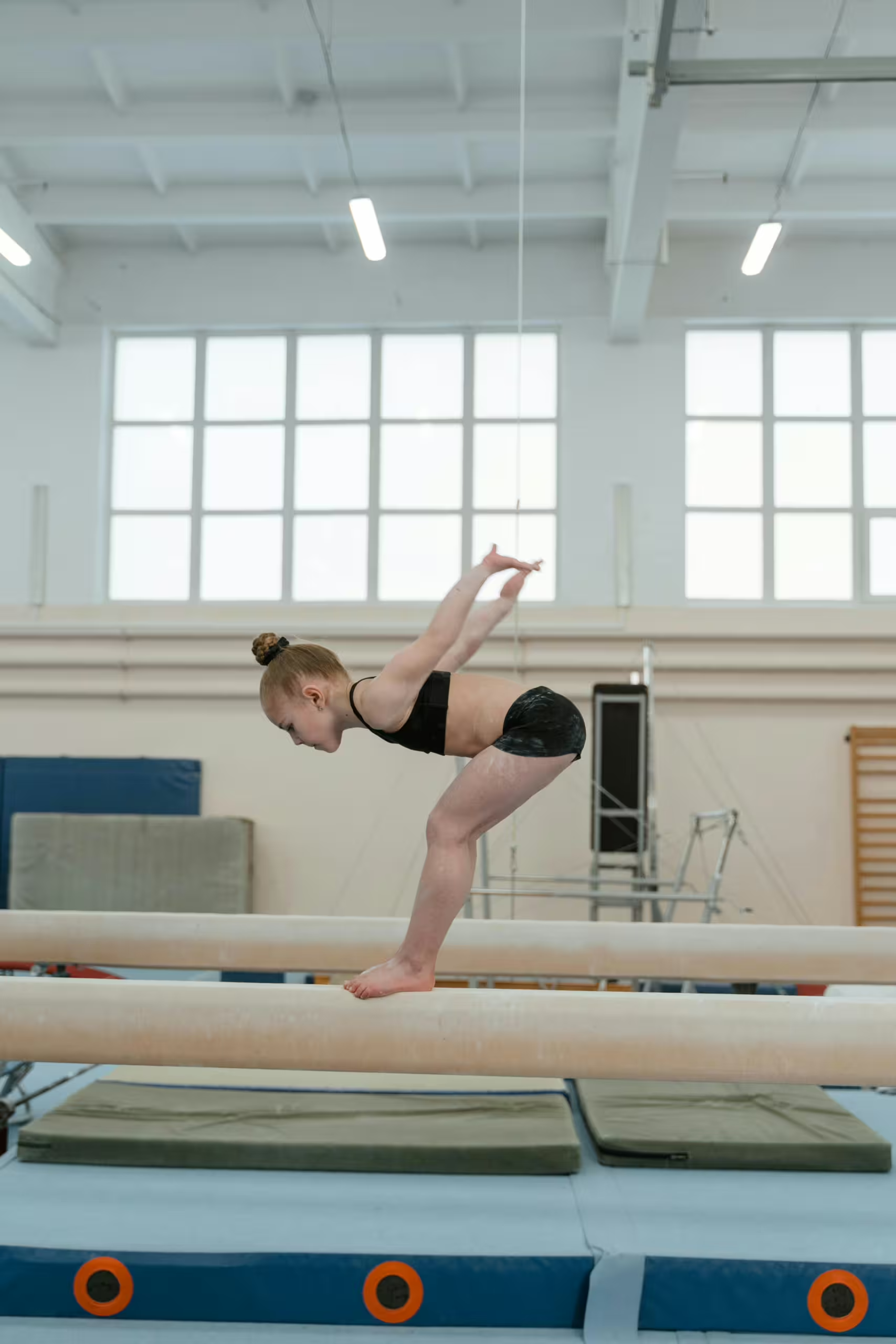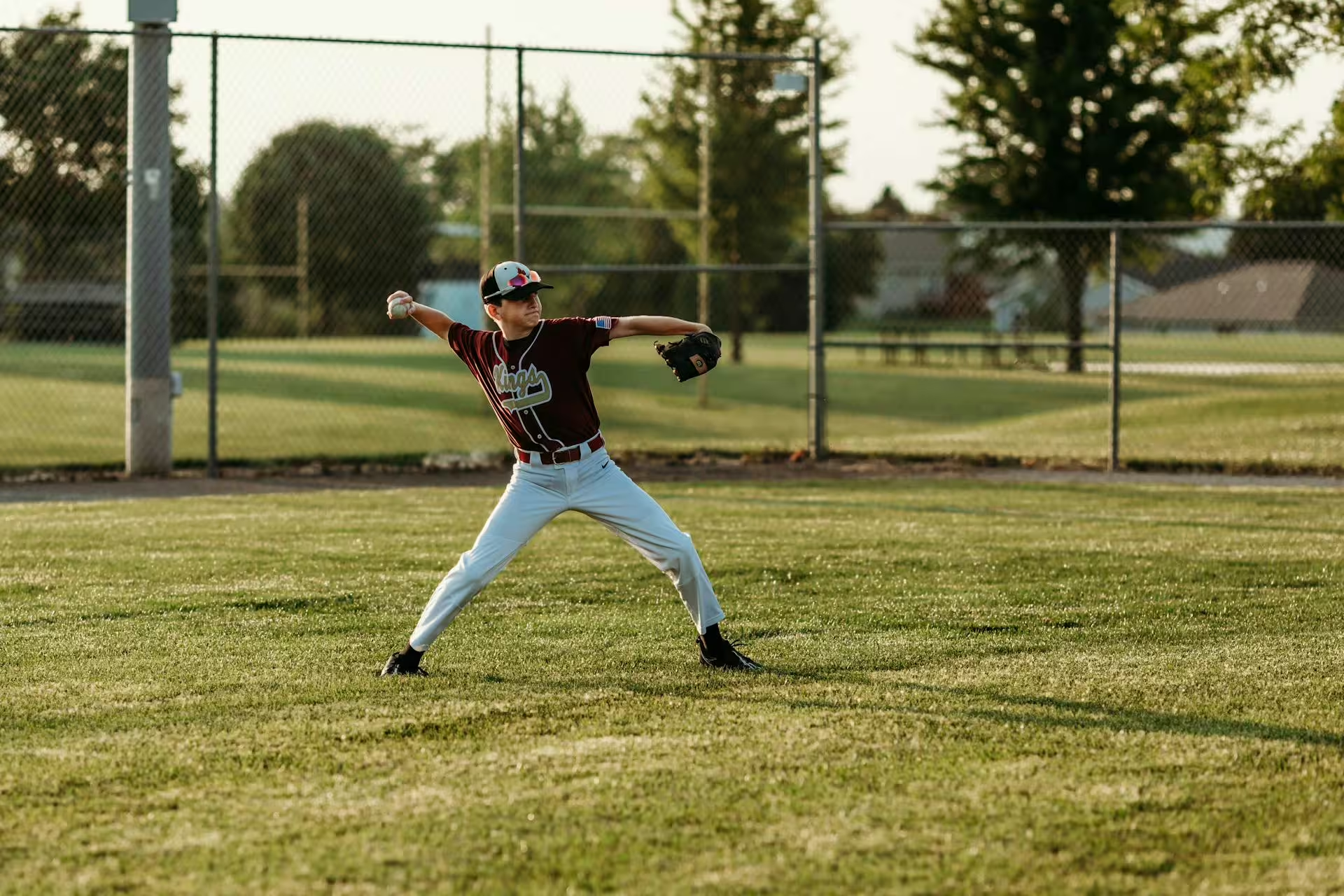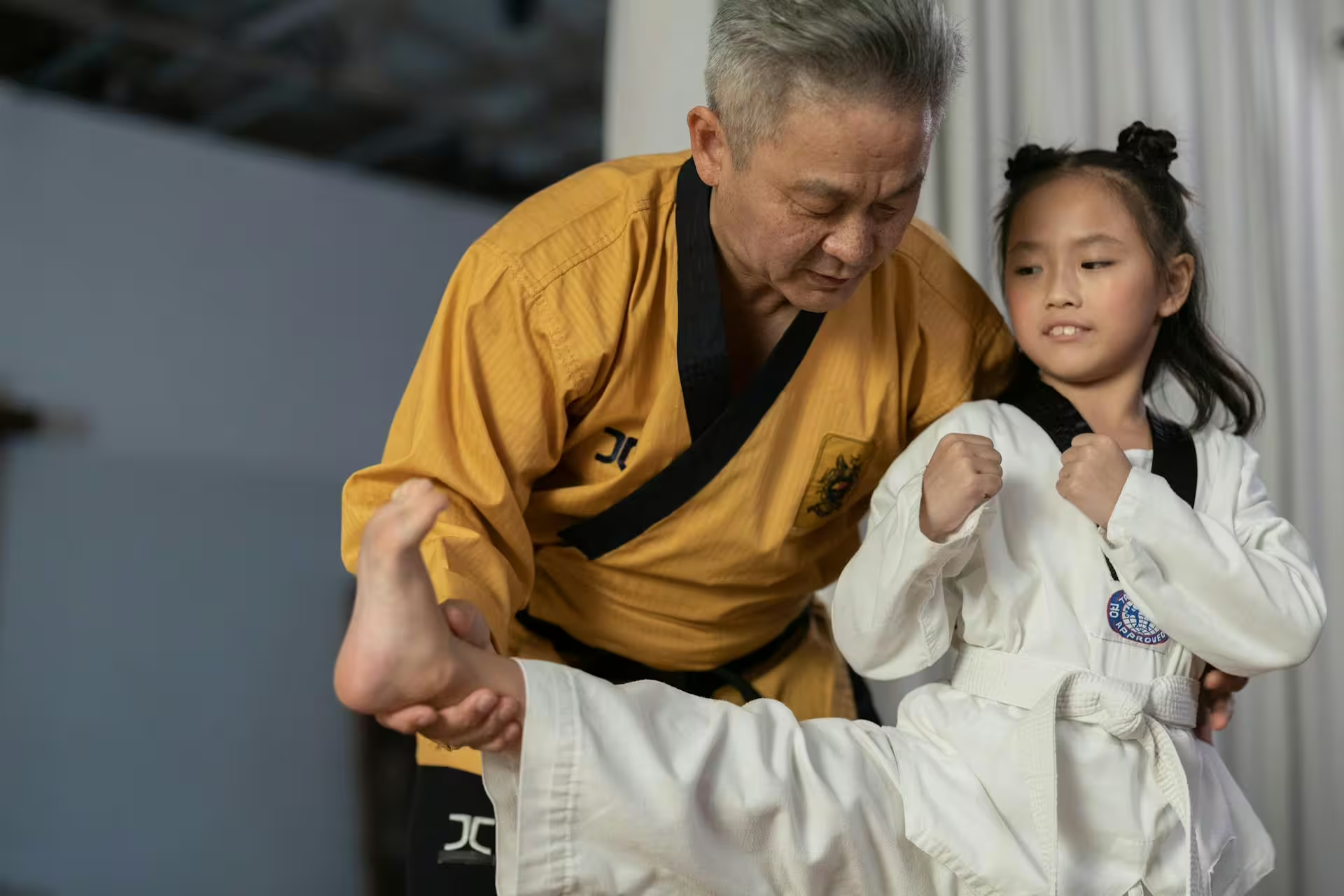Fall is in full swing by now and as the seasons pass from one to the next, we must remember the wise words of House Stark; “Winter is coming.” Gravitas notwithstanding, the fact is, winter always comes, and its annual arrival brings a host of new and exciting youth sports activities that can get kids off the couch!
For many athletic kids and teens, winter is a source of profound frustration. The cold and the snow forces many families to retreat indoors and the same inclement weather usually means a hiatus for fall sports like soccer, football, and other such outdoor activities. And while those sorry few wait for the return of warmer days, others are rejoicing at the sight of snow. For these snowbound kids, winter heralds new opportunity for skiing, skating, hockey, snowboarding, and other cold-weather adventures.
Winter sports have a dual purpose of sorts; not only do they help kids stay active during the colder months, they also introduce unique challenges and rewards to kids who may not have had experience doing such off-beat winter activities. Parents, meanwhile, might balk at the idea of enrolling their kids in even more sports and might be considering the winter as a time of rest for all member of the family. Yet, though the prospect might seem overwhelming, we assure you that winter sports are a worthwhile endeavor for any young athlete.
In this article, we will talk a bit about how these sports work. We will discuss what kids need to learn to participate, how much they cost, how “dangerous” they actually are, and what advantages they offer children when other sports are not available.
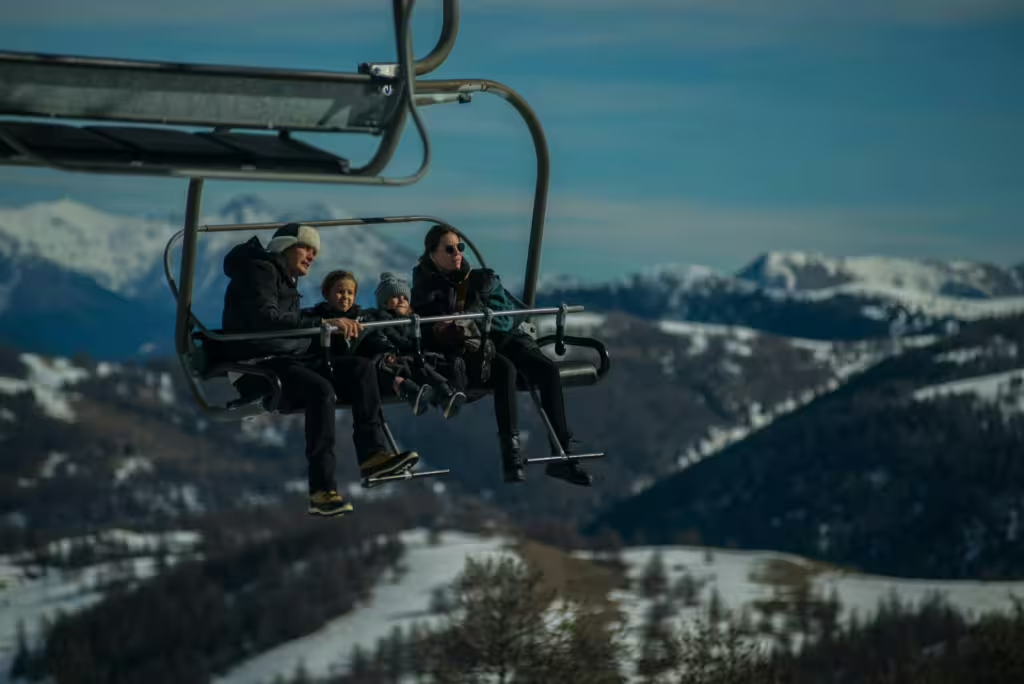
A Wide Array of Winter Sports
When we talk about winter sports, we aren’t speaking about indoor sports like gymnastics or martial arts; though those can certainly be done all winter long. Winter sports are basically any athletic activity that takes place on ice or snow. As with non-winter sports, these activities range from purely recreational to highly competitive. The main gist is that all of these sports require some sort of adaptation to cold-weather conditions, and more than a few of them also require specialized equipment.
The most popular winter sports are likely those that all readers are familiar with. The thing is, each of them has some influence or cross-disciplinary skills that can be used in a host of other sports activities. And while each one has its own demands, rules, and degree of athleticism attached, all of them place great emphasis on coordination, resilience, physical fitness, and fun.
- Ice Skating: This winter activity is the very foundation for hockey, figure skating, and speed skating.
- Skiing: There are many types of skiing. The most common are alpine (downhill), cross-country, and freestyle skiing.
- Snowboarding: Almost an offshoot of skiing, this dynamic board sport is similar to skateboarding on snowy inclines. It combines balance, agility, and creativity.
- Hockey: Hockey is a fast-paced team sport played on ice and, as mentioned earlier, athletes are skating on ice as they play.
- Figure Skating: This artistic ice-skating sport sees athletes focusing on grace, jumps, and spins, most often to some kind of music.
- Sledding & Tubing: There are few competitive sledding events, other than bobsled, which is more complicated than the common recreational sledding one does in one’s local park.
- Other Activities: Curling, biathlon, and snowshoeing are all alternative winter sport options for those who want something less mainstream.
How Winter Sports Work
Seasonal Nature
Unlike year-round activities like gymnastics or swimming, winter sports cannot really be done from the comfort of an indoor rink, pool, or gymnasium; with the exception of hockey and ice-skating, of course. The vast majority of these sports depend on the availability of snow or ice in order to be played at their best. That said, many families turn to indoor rinks or artificial snow facilities for year-round training if thier children wind up being that engaged with a particular sport.
Practice and Training
- The beginner stages of any sport tends to focus on balance, safety, and fundamentals; the same is true for winter sports. Only, in winter sports, the fundamentals usually have to do with the adaptations made due to snow or ice, such as learning to stop on skates or control one’s speed on skis.
- Intermediate stages happen once a child has learned the basic movements and control. These levels introduce techniques, strategy, and put a greater focus on physical conditioning.
- Advanced play in winter sports is where more intense levels of competition come into the picture.
Team vs. Individual Sports
- Team sports: Hockey, curling, and synchronized skating are all team sports. In these winter sports, players are taught to rely on cooperation and communication to find success and such skills are cultivated during practice.
- Individual sports: Skiing, snowboarding, and figure skating all emphasize self-discipline and personal performance. Like swimming, tennis, and gymnastics, these sports aren’t played in a vacuum, they usually involve team clubs and other athletes that support one another.
Necessary Skills
Balance and Coordination
Cold-weather sports are almost all done on slippery, wet, or uneven ground. Thus, these sports demand strong balance on the part of the athlete. Whether on skis, skates, or boards, young athletes need to learn how to stay upright whilst performing. They also need to be adept enough to adapt on the fly when conditions shift unexpectedly.
Strength and Endurance
Skating, skiing, and snowboarding use different muscles than more traditionally terrestrial sports activities. That said, skating builds great leg strength, skiing helps improves one’s core stability, and snowboarding is a great way to bolster an athlete’s flexibility and agility.
Mental Resilience
Falling down is perhaps the most common occurrence in winter sports. And no wonder! Surfaces are slippery and shifty. The trick is teaching your child to understand that falling is just part of the game. Once a kid learns how to get back up and try again, they will be less afraid of it happening again. Moreover, they will be better positioned to avoid doing so in the future!
Parental Concerns
As with any sport, there are a number of things that parents ought to consider before getting their kids involved.
Safety and Injuries
Though not intrinsically dangerous, winter sports carry some risks—falls, collisions, and cold-weather exposure, to name a few. Common concerns that parents might want to consider include:
- Concussions: These tend to happen in hockey and skiing, if they happen at all.
- Broken bones or sprains: Ice and snow are slippery and sprains or even more serious breaks can happen when one slips or crashes out.
- Frostbite or hypothermia: Always make sure your child is bundled up properly, prolonged exposure to the cold can be dangerous, especially without the proper gear.
Solutions:
There are solutions to these concerns, of course, and all of them have to do with your child understanding proper winter sports safety.
- Always ensure your child has certified helmets and the proper protective gear.
- Choose programs that emphasize proper instruction and keep an eye out for slipshod approaches to safety.
- Dress children in moisture-wicking, layered clothing, especially if you know they’re going to be outside for a while.
- Teach children to take breaks. One of the best skills they can cultivate in sports like these is to recognize when they’re too cold or tired.
Time Commitment
Unlike many fall sports, which might take place after school, a lot of winter sports have early starts. Hockey or skating practice might begin at 6 a.m. for example. Also, weekend trips to ski slopes can be pretty financially intensive and time-consuming. If you are thinking about introducing your child to winter sports, do some research so that you can weigh the time demands before you commit.
Pressure and Burnout
Competitive winter sports can be just as intense and stressful as any other sport. Many kids begin their sports career in these Olympic-level sports from a young age, so parents and coaches might end up pushing harder than they need to in order to “help” the child advance. Be mindful of this and remember, balance is the key to a young athlete’s happiness. Competition is a useful challenge, personal advancement is important, but kids should still be able to just have fun.
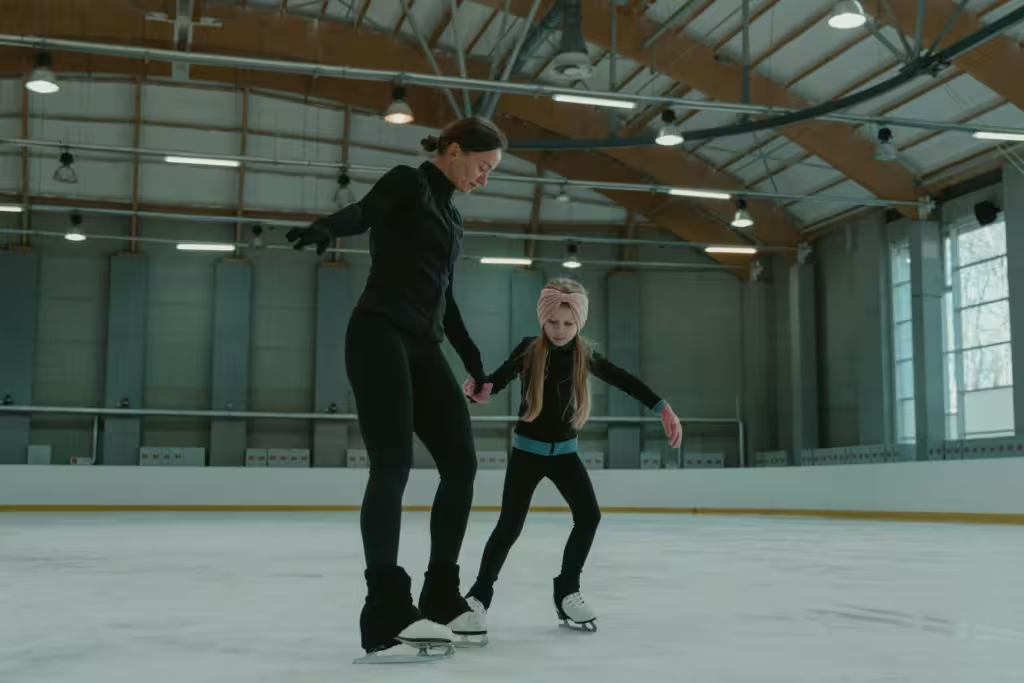
Costs of Winter Sports
Winter sports aint’ cheap, that’s for sure. As a matter of fact, they can actually be quite expensive, when compared to many other activities. Here’s a breakdown of the normal costs for equipment, lessons, and facility costs:
Equipment
- Skating sports: Skates $50–$500, helmets $50–$150, pads $50–$200.
- Skiing/snowboarding: Skis/boards $200–$600, boots $100–$300, helmets $50–$150, jackets/pants $100–$400.
- Hockey: Full set of gear $300–$1,000.
- Figure skating: Skates $200–$800, costumes and lessons add more.
Lessons and Coaching
- Group lessons: $15–$40 per session.
- Private lessons: $40–$100+ per hour.
- Competitive coaching: Often significantly more.
Facility Costs
- Rink fees, ski passes, or club memberships can range from $200 to $1,000 per season.
Travel
Though these costs don’t apply to every kid playing winter sports, those who are pursuing higher levels may face added travel expenses for competitions. There may also be added costs for training camps/programs.
Total Estimate
- Recreational level: $500–$1,500 per year.
- Competitive level: $2,000–$10,000+ per year.
Bear in mind that some programs offer equipment rentals, scholarships, or community-based discounts, thus making these types of sports more accessible. The trick, as with any youth sport, is to do your research beforehand. Try out programs before you commit to make sure your child likes what they’re doing.
Red Flags for Parents to Watch For
When it comes to winter sports, the red flags are usually the same as in any other organized sports program. Parents should be certain if the program is emphasizing competition over safety or fun, if it is, it may not be for your child. Be wary of coaches who discourage multi-sport participation, those specialists may not have your child’s best interests at hear. Also, keep an eye on your kids.
Winter sports are indeed fun, but if they or the other kids in class are expressing consistent fear or evincing burnout, they just need a break. Finally, beware of excessive or hidden costs. You needn’t upgrade your child’s equipment constantly and any program that sells it and suggests you do, is trying to get one over on you!
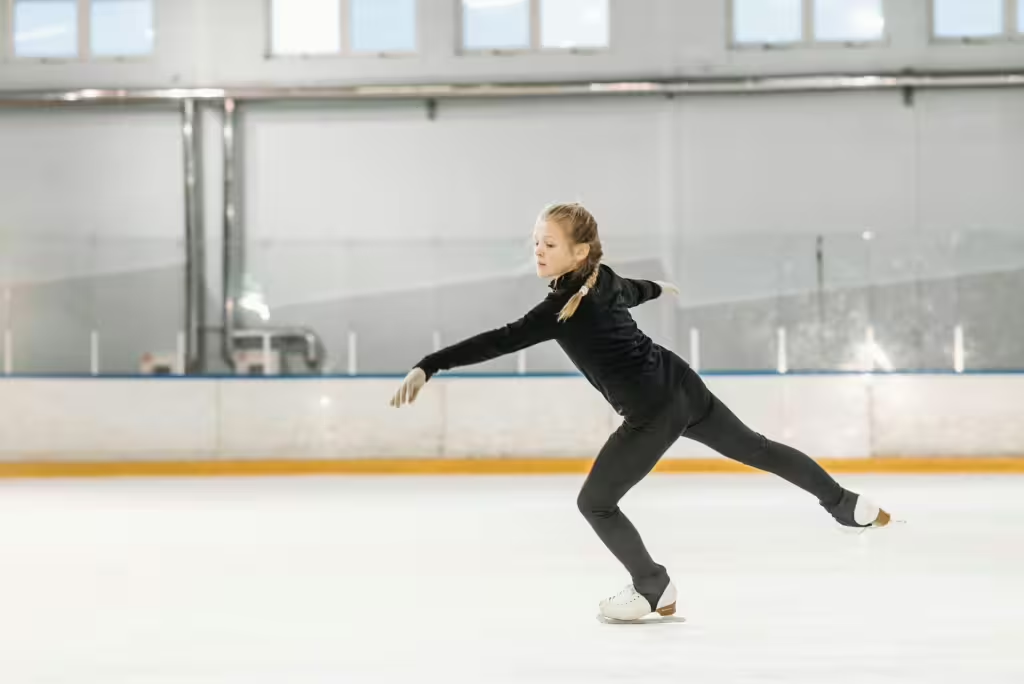
Cultured Athlete Says…
As you can see, winter does not have to belong to Christmas and the doldrums. This season opens up a world of possibilities for children. Winter sports are unique, beneficial, and can be competitive (if that’s your child’s thing) Moreover, they combine the essential elements of fun and fitness that are perfect for any child that wishes to enjoy physical exercise.
Certainly, some winter sports do require that parents invest some time, money, and effort, but the rewards—confidence, resilience, and joy—are invaluable to young children. But this is why we write such articles in the first place. So that parents who are interested may approach the journey with patience, understanding, and a bit more perspective than they might have if they were not so informed.
Discover more from CulturedAthlete
Subscribe to get the latest posts sent to your email.

